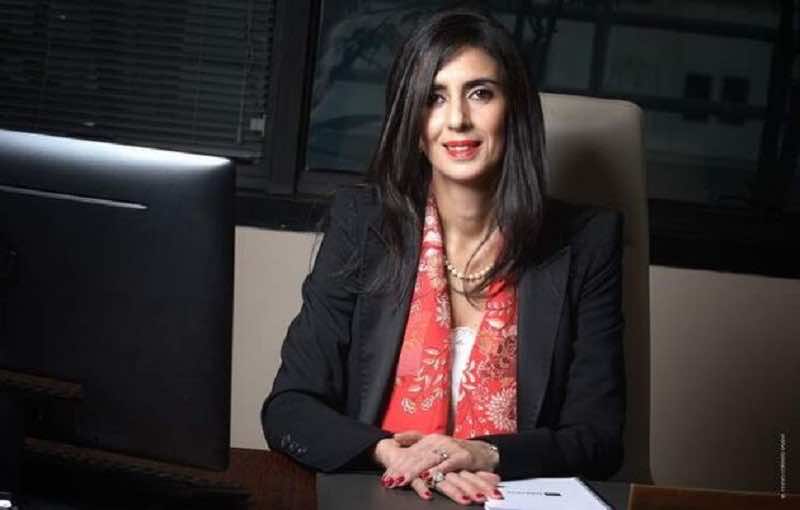Leadership lessons from Africa’s trailblazers
By Mutsa Chironga, Georges Desvaux, and Acha Leke
Nadia Fettah, CEO of Morocco-based Saham Finances, has overseen the company’s expansion from a small local firm into a leading African insurance company operating in 23 countries across the continent. Between 2005 and 2015, it increased its sales nearly tenfold, to over $1 billion. In 2016, Saham took its African expansion strategy to the next level: it partnered with Sanlam, a long-established South African insurance company that had also made Africa its major growth focus. This partnership became a merger in 2018, when Sanlam fully acquired Saham in a $1.1 billion transaction, purchasing the remaining stake in the company it didn’t already possess.

Nadia Fettah: Our goal was simple: to become the best insurance company in Africa. Our first step was to become a major player in Morocco, which we succeeded in doing over three or four years. But our ambition was big and our market was small, so we looked for the next countries into which we could expand. We considered North Africa and Europe, but when we started traveling in sub-Saharan Africa we realized that we could have a major impact there. Most countries had very low insurance penetration, so there was great potential to serve clients who had very little access to insurance.
That led us to expand quickly across different regions of Africa. In 2010, we made an acquisition that gave us an immediate presence in ten countries in francophone West Africa—which made life easier for our Moroccan managers, all of whom speak French. But we also wanted to go to other big markets in Africa that were underpenetrated. So we went to Angola and acquired the company that had become the first private insurer there back in 2005. We also invested in Nigeria, Kenya, Rwanda, Madagascar, and Mauritius. Despite language and cultural differences, we built successful businesses in all these markets, creating lean, highly empowered local leadership teams backed by shared, technology-driven back-office systems.
Of course, that rapid expansion came with challenges, as the example of our entry into Angola illustrates. We bought a fast-growing local insurance company in 2015, but just as the deal closed, the oil price collapsed, putting Angola’s oil-dependent economy into a tailspin. Suddenly, everything went wrong, and we were facing a crisis.
But we took a long-term view, and our local management team quickly came up with a strategy to save the business. Rather than scaling back, that strategy focused on ramping up sales to business customers, including thousands of smaller enterprises. Within a year, our Angolan business had returned to profitability and built a real beachhead for us. As we were growing, our competitors were halting their investments. That will give us a strong competitive advantage as Angola’s economy recovers.
Today, we have a large portfolio of businesses in smaller countries, so we at headquarters can’t micromanage. Instead, we give our country managers a lot of freedom and make sure the people we appoint to those roles are real entrepreneurs. We issue guidelines on topics such as asset management, and we provide our country operations with technology-driven back-office support. Beyond that, we let our local operations decide what to do and how to do it. Consider the example of Burkina Faso, one of Africa’s smallest and poorest countries. Saham’s local country manager there is just full of good ideas, such as targeting underserved business customers. As a result, Burkina Faso has become one of our fastest-growing markets.
Talent is an essential component of our success. I personally spend one-third of my time on talent management and development. One key component of our talent strategy is to make geographic mobility a requirement for career advancement at senior levels—a key step in building a pan-African business with shared values and practices. We have instituted a rule that, in any given African country, the deputy CEO of its local operation can never be the next country CEO. That pushes people toward greater mobility: you can grow in your own country, but if you want to have the number-one position one day, you need to travel. To source new talent, we hire the best people straight from Morocco’s universities, which have many students from sub-Saharan Africa. We also invest heavily in training, even though it is difficult to find training providers across African markets who meet our standards. As a result, we have built our own training solutions internally.
About the author(s)
The reflections of Nadia Fettah, James Mwangi, Aliko Dangote, Fred Swaniker, and Graça Machel are drawn from interviews conducted as part of a broader research effort underlying a new book, Africa’s Business Revolution: How to Succeed in the World’s Next Big Growth Market (Harvard Business Press, 2018), by Mutsa Chironga, a Nedbank executive and an alumnus of McKinsey’s Johannesburg office; Georges Desvaux, a senior partner in the Hong Kong office; and Acha Leke, chairman of McKinsey’s Africa offices, based in Johannesburg. The authors wish to thank Jalil Bensouda and Omid Kassiri for their contributions to the book and this article.
